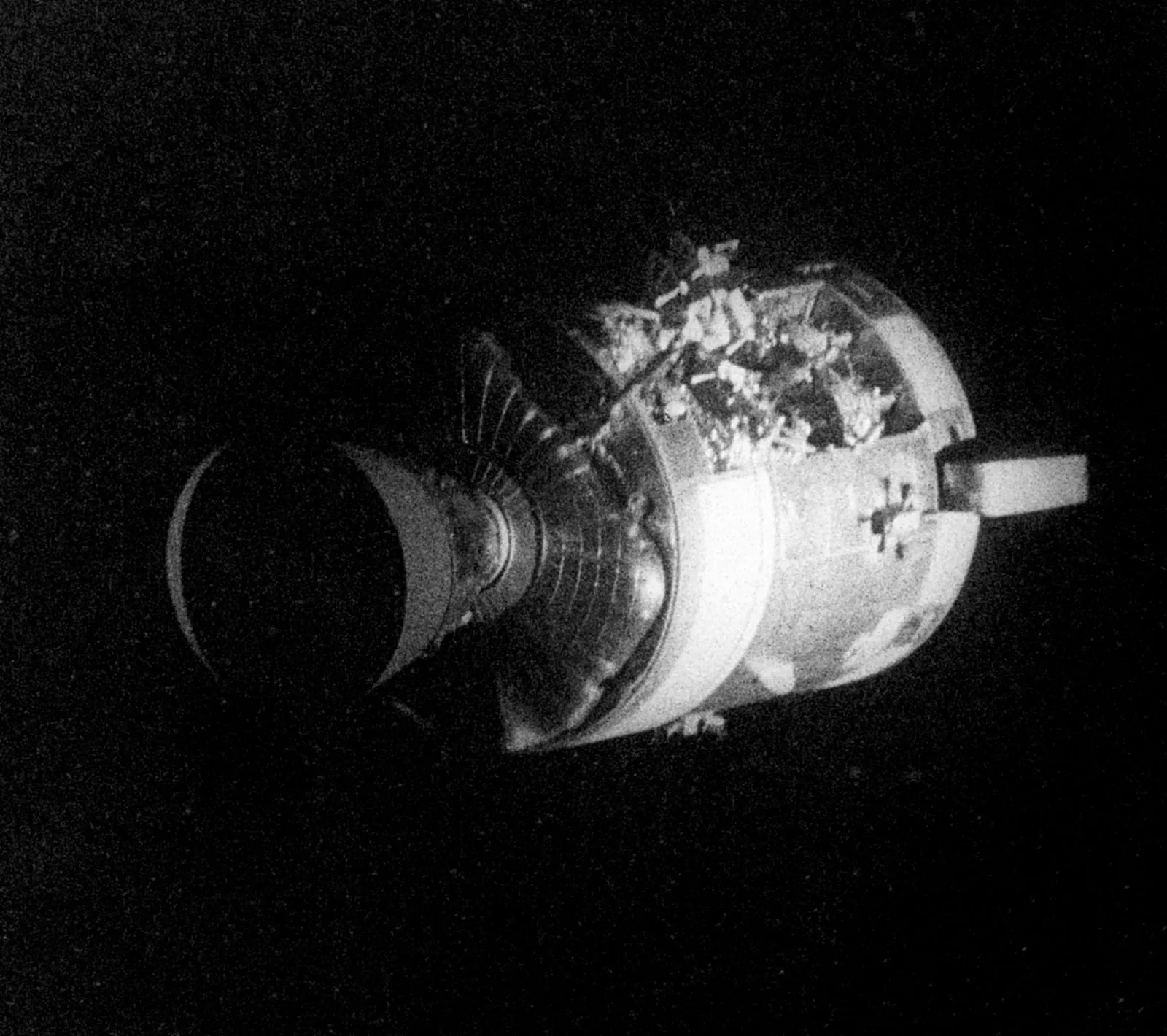Apollo 13
- jir886
- Dec 10, 2022
- 2 min read
Apollo 13 is yet another wonderful example of Tom Hank’s versatile acting ability, but also an excellent portrayal of an important event in the history of space travel; a story which could have gone untold if not for Ron Howard seeing the importance in telling more than just the tales of our successful lunar missions, but also the ones that didn’t go to plan, and of the people who were effected.
Though the film is of course a dramatized version of reality, when writing this script, Ron Howard took accuracy heavily into account and strived for authenticity, to the extent that he used actual transcripts from the Apollo 13 mission. The scenes of the rocket launch however, were not original footage. Therefore, there were some inaccuracies in this area, like the eight arms leaving the rocket at once, when four of them should have already been gone prior to the launch. However, the antigravity scenes were very real. No special effects involved. The cast and crew actually got to experience antigravity for these parts in the film, by using the KC-135 plane. This plane was flown in arcs while filming, to create the effect of zero gravity for roughly twenty five seconds at a time. If only filming for 25 seconds at a time in a zero gravity environment sounds incredibly challenging, that’s because it is. In order to get all of the necessary scenes it took six months of renting and using that plane for just a few hours at a time each day.
So after all the work and time put in to making this film, we now know that there was an explosion that day, which cut the electricity and perhaps more importantly the oxygen supply on the Apollo 13, causing the mission to come to a premature end, but if not for this wildly popular retelling, our knowledge of the events that took place might not be so clear. This is a classic example of how film effects us as a society, especially when it comes to helping us visualize, connect with, and remember our own history, and for this one in particular we have Ron Howard to thank.




Comments